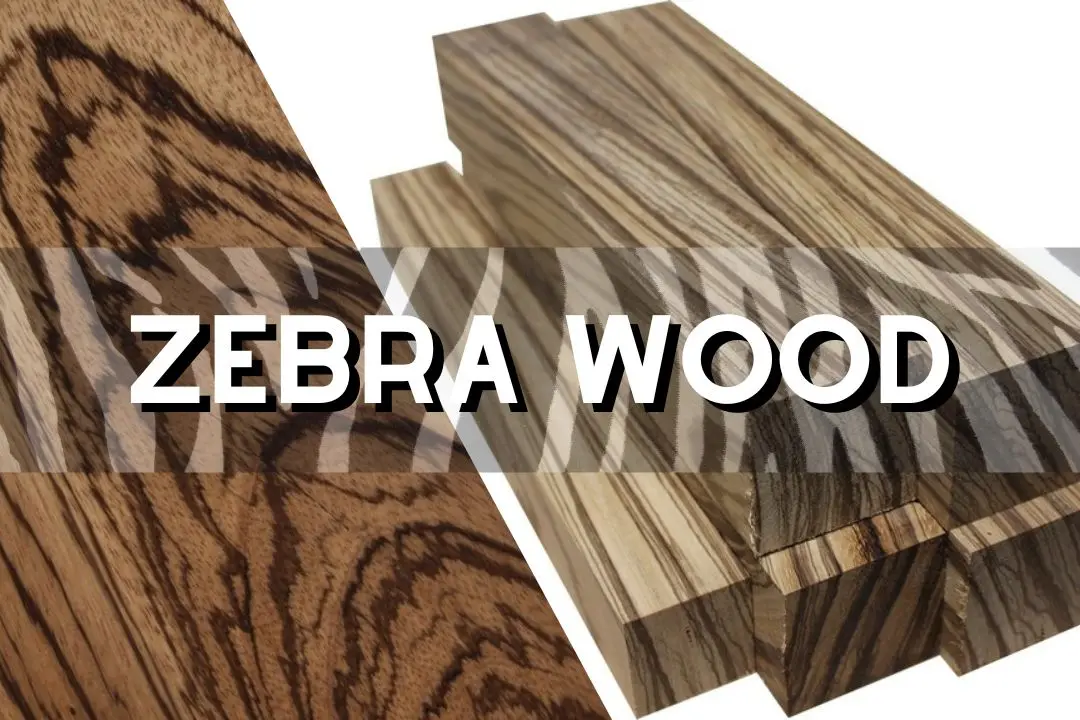
Zebra Wood Characteristics & Usage Guide

Did you know zebra wood, also called zebrano wood, weighs about 50 lbs/ft³ (805 kg/m³)? Its high density and bold striped pattern make it a top choice for artists and craftsmen. It comes mainly from central West Africa, known for its beauty and durability.
This guide will dive into zebra wood’s unique traits. We’ll look at its striking looks, physical qualities, and many uses. From fancy furniture to beautiful veneer and flooring, zebrawood is making a big impact in woodworking and design.
Table of Contents
What is Zebra Wood?
Zebrawood, or Microberlinia brazzavillensis, is a stunning hardwood from West Africa’s rainforests. It has a cream to golden yellow base with dark brown to black stripes. This look is both eye-catching and highly sought after for woodworking.
This wood is incredibly durable, with a Janka hardness rating of 1,830 to 2,070 pounds. Its toughness makes it perfect for furniture, cabinetry, and countertops.
This wood is not just beautiful but also has a unique texture. It has a coarse finish and can have wavy or interlocked grain patterns. Working with this wood reveals its luxurious qualities. Its density, up to 55 pounds per cubic foot, means it can handle tough tasks.
However, this wood is vulnerable, with a 20% population drop in the last century. It’s crucial to source it responsibly. Knowing it comes from places like Cameroon and Gabon helps make eco-friendly choices in woodworking.
A Brief History of ZebraWood
Zebra wood has a fascinating history that spans centuries. It was first known as “zebrawood” when it arrived in Britain in the 18th century. It came from the Mosquito Coast in Central America. Since then, its beauty has won over woodworkers and buyers.
The Origins of Zebrano Wood
Zebra wood comes from the tropical rainforests of Central Africa. Countries like Gabon, Cameroon, and the Congo are its main sources. The tree Microberlinia brazzavillensis, or Zebrano, is where it grows.
Records show that zebra wood first appeared in British Customs returns in 1773. That year, 180 pieces were imported. This was a key moment in its trade history.
Historical Significance in Trade
In the early 19th century, zebrawood became very popular. Between 1810 and 1860, it was used a lot in British furniture. Its light cream background with dark stripes made it unique.
The zebra wood trade history shows it was used in fine goods like musical instruments and car interiors. Brands like Cadillac and Mercedes-Benz used it for luxury. Its journey from African jungles to modern craftsmanship is truly remarkable.
| Year | Event |
|---|---|
| 1773 | First recorded imports of zebrawood to Britain, totaling 180 pieces. |
| 1810-1860 | Peak usage in British furniture-making. |
| 20th Century | Expansion applications in luxury items and musical instruments. |
Where Does Zebra Wood Come From?
Zebra wood grows best in tropical rainforests. Knowing where it comes from is key to getting it responsibly. It’s mainly found in West Africa, like Cameroon, Congo, and Gabon. This makes it available for many uses, from furniture to musical instruments.
Geographical Distribution
Zebra wood can be found in Central America, Africa, Brazil, the Pacific, and Asia. It grows tall, up to 130 feet, and has wide trunks. It likes places near water, which helps it grow strong and healthy.
Most Common Species
The most known species is Microberlinia brazzavillensis. But, Microberlinia bisulcata is also sold under similar names, causing confusion. Each type has its own look, so it’s important to know the difference. Since zebra wood is vulnerable, buying it from a trusted source is crucial for the environment.
Zebra Wood Characteristics
Zebra wood is known for its beauty and unique physical properties. It’s important for both hobbyists and professionals in woodworking to understand these traits.
Color and Appearance
The color of zebra wood is light brown or cream, with dark brown to black stripes. This makes it look like a zebra’s coat, making it popular in woodworking. The patterns change depending on how it’s cut, adding to its appeal.
Texture and Grain
Zebrawood has a medium to coarse texture. Its grain is interlocked or wavy. This natural beauty makes it perfect for luxury items and custom furniture.
Hardness and Weight
Zebrano wood is very hard, with a Janka hardness of 1,830 lbf. This makes it durable for furniture and floors. It also weighs about 50 lbs/ft³, adding to its stability.
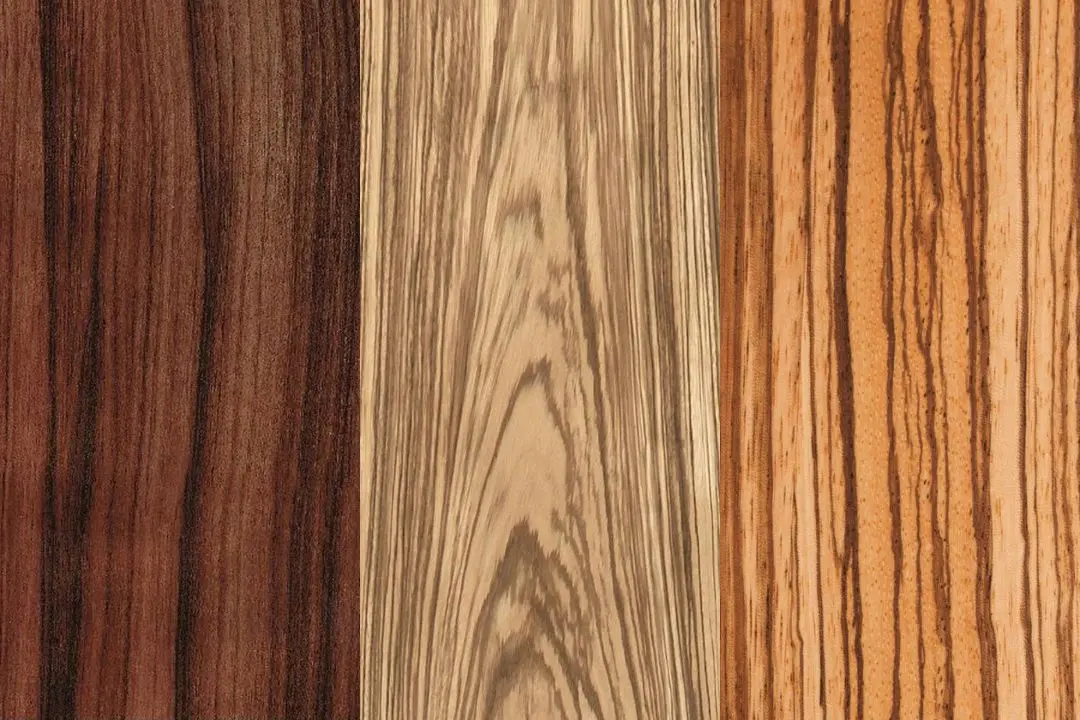
| Characteristic | Details |
|---|---|
| Color | Light brown or cream with dark brown to black stripes |
| Appearance | Distinctive pattern resembling zebra stripes |
| Texture | Medium to coarse, interlocked or wavy grain |
| Hardness | 1,830 lbf (Janka hardness) |
| Weight | Approximately 50 lbs/ft³ |
Physical Properties of Zebra Wood
is known for its impressive physical properties. It’s a top choice for many uses. Knowing its density, strength, durability, and workability is key for those who work with it.
Density and Specific Gravity
Zebra wood weighs about 50 lbs/ft³ (805 kg/m³) when dry. This shows its high density. Its specific gravity ranges from 0.67 to 0.81, showing it’s powerful.
Strength and Durability
is very strong, with a Janka hardness rating of 1,830 lbf (8,160 N). This means it can withstand a lot of wear and tear. It’s not as resistant as some woods, but it’s still great for furniture and floors.
Workability Challenges
Working with zebra wood can be tricky because of its grain. It cuts well, but planning can cause tears. With the right techniques, you can make it work well and look great.
Allergies and Toxicity
Zebra wood is known for its beauty and strength. But, it can cause allergies and toxicity. Though rare, it can make people’s skin and eyes itch.
Touching this wood can make skin and eyes react. This is because of its rough texture and open pores. Most reactions come from dust and wood particles, not the wood itself.
When working with this wood, it’s important to wear protective gear. This is because it can irritate the skin and eyes. It’s also a respiratory sensitizer, meaning it can affect breathing.
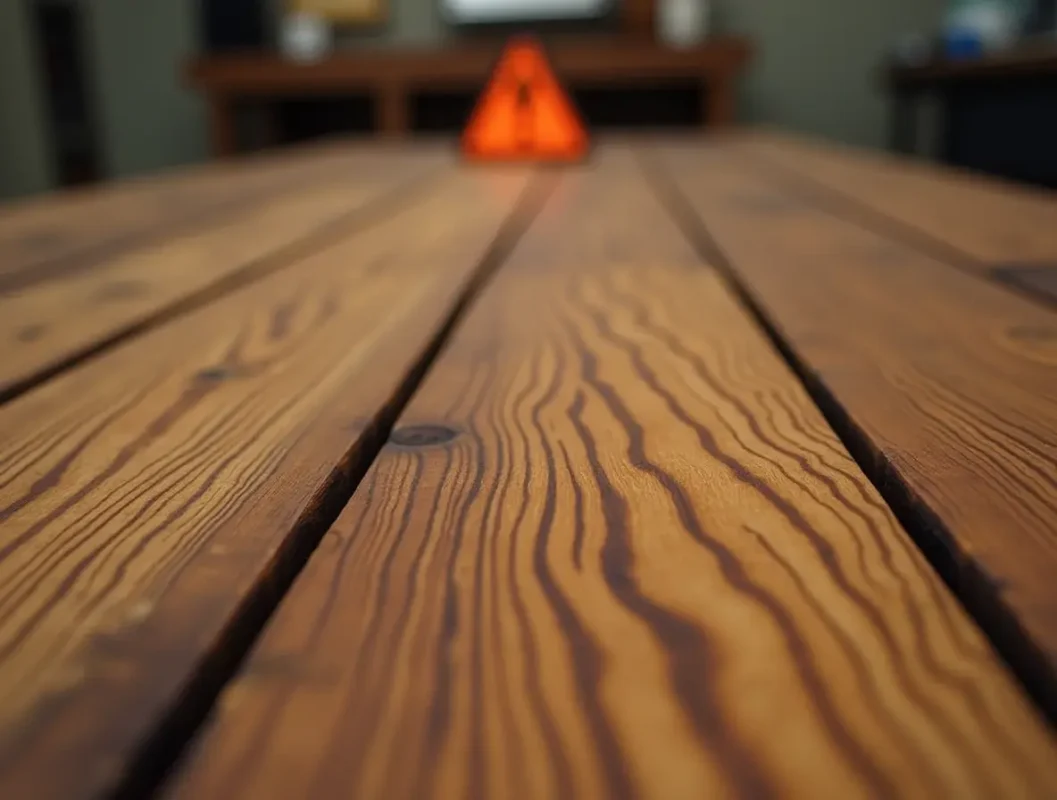
Even though zebrawood isn’t very toxic, it’s still important to be careful. Minimizing exposure can help avoid allergic reactions. This way, you can still enjoy working with it safely.
Is Zebra Wood Sustainable?
Zebra wood is known for its unique look and its impact on the environment. It’s listed as vulnerable on the IUCN Red List because its numbers have dropped a lot. This shows we need to work hard to keep zebra wood available for the future.
Conservation Status
The amount of zebra wood available has dropped by over 20% in the last few generations. This is a big problem that needs urgent action. We must find ways to use zebrano wood without harming the environment.
Sustainable Sourcing Practices
More people are now thinking about the environment and how to source wood sustainably. Using wood responsibly and following strict trade rules are key. Buying from certified suppliers helps a lot in keeping zebra wood sustainable.
When looking to buy this wood, it’s important to choose suppliers who care about the environment. This helps create a market that values wood that’s good for the planet.
| Factor | Detail |
|---|---|
| Average Dried Weight | 50 lbs/ft3 (805 kg/m3) |
| Specific Gravity | 0.67 (Basic), 0.81 (12% MC) |
| Janka Hardness | 1,830 lbf (8,160 N) |
| Modulus of Rupture | 17,800 lbf/in2 (122.8 MPa) |
| Elastic Modulus | 2,374,000 lbf/in2 (16.37 GPa) |
| Crushing Strength | 9,210 lbf/in2 (63.5 MPa) |
| Shrinkage | Radial: 7.6%, Tangential: 10.8%, Volumetric: 17.8%, T/R Ratio: 1.4 |
| Sustainability | Listed as vulnerable due to population reduction over 20% in the last three generations |
| Common Uses | Furniture, musical instruments, boatbuilding, carvings, veneers, tool handles |
Common Uses of Zebra Wood
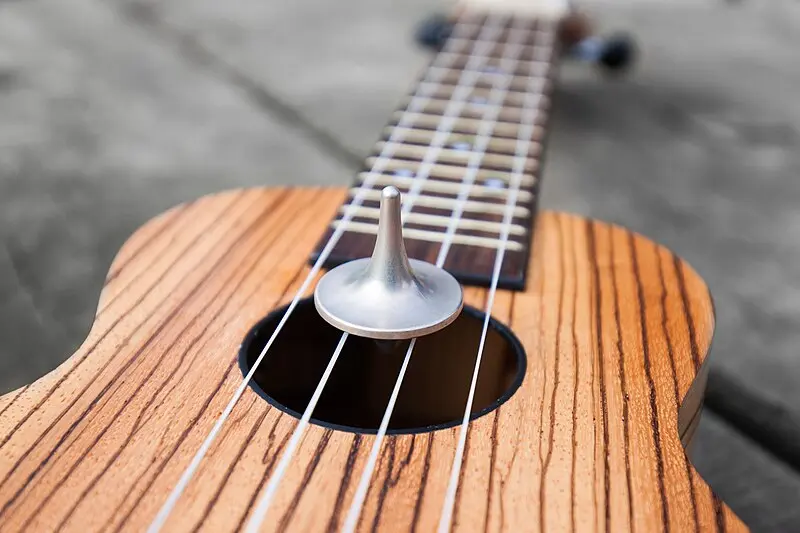
Is known for its unique look and durability. It’s a favorite for many uses. It adds beauty and function, from beautiful furniture to useful tools and flooring.
Furniture and Interior Design
Zebra wood furniture is loved for its striking look. It makes tables, cabinets, and decorations stand out. Each piece has its special look, making it a highlight in any room.
Tools and Instruments
It has a long history of making tools and instruments. It’s strong and looks great, perfect for tool handles and instrument bodies. Its natural sound quality makes it ideal for guitars and violins.
Zebra Wood Flooring
Zebra wood flooring is beautiful and durable. It’s great for busy areas because it lasts a long time. It adds style and function to any space.
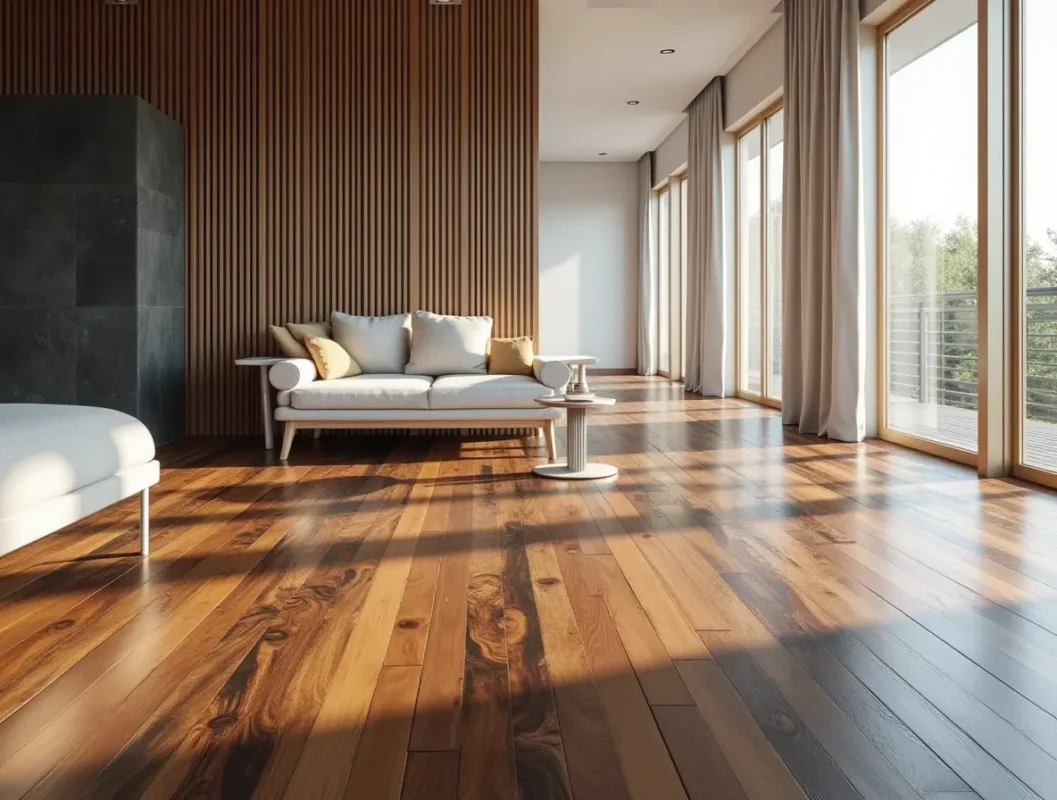
| Application | Benefits | Common Uses |
|---|---|---|
| Furniture | High durability and aesthetic appeal | Tables, cabinets, decorative pieces |
| Tools | Strong and resilient | Tool handles |
| Instruments | Excellent acoustic properties | Guitars, violins, other string instruments |
| Flooring | Durable, long-lasting, stylish option | Residential and commercial flooring |
Finishing and Maintaining Zebra Wood
Finishing zebra wood brings out its unique grain and striking look. The right techniques and products keep it looking stunning for years. Proper care after finishing helps zebrawood stay beautiful and strong.
Recommended Finishing Techniques
Many recommend using Waterlox Original Sealer Finish for zebra wood. It highlights the wood’s grain and keeps the contrast with walnut looking great. Some try Boiled Linseed Oil (BLO) and then a lacquer topcoat. BLO can make the color pop, but might reduce the walnut contrast.
Using wax-free shellac as a sealant before a waterborne topcoat is a better choice. This method keeps the wood looking good.
- Waterlox Original Sealer Finish
- Boiled Linseed Oil
- Wax-free shellac
- Waterborne finishes
- Gloss Arm-R-Seal
Applying gloss Arm-R-Seal to raw zebra wood works well too. People like Waterlox, especially the original, for their projects. It’s great for vintage Marantz receiver cabinets.
Maintenance Tips for Longevity
To keep zebra wood looking great, clean it often. Use a damp cloth to avoid dust and dirt. Stay away from harsh chemicals that can harm the wood.
Re-oiling zebrano now and then is key. It prevents drying and keeps the wood shiny.
Zebra Wood Pricing and Availability
Zebra wood is priced higher than common hardwoods because of its exotic look. The market trends show what affects zebra wood prices. This information helps both buyers and sellers.
Market Trends
The zebra wood market has seen ups and downs. Demand for sustainable and unique wood products plays a big role. Right now, there are 29 Premium Zebrawood 8/4 Lumber items for $131.40 each.
These lumber pieces vary in size. They can be up to 75 inches long and 6 to 10 inches wide. This makes them suitable for many woodworking and design projects.
Comparative Pricing with Other Hardwoods
Compared to other exotic hardwoods, zebra wood is more affordable. Woods like rosewood and ebony can be very pricey. But zebra wood is a good choice for its cost and beauty.
Custom sizes are available for a minimum of $200. This flexibility is great for different projects. Its Janka Hardness rating of 1,830 lbf (8,160 N) also makes it durable.
Conclusion
Zebra wood is a unique hardwood known for its striking stripes, durability, and wide use. It comes from West Africa and is often used in luxury furniture, cabinets, and decorations. About 45% of zebrawood goes into making high-end furniture.
This guide shows why this wood is special. It’s very hard, with a Janka hardness score of 1,830 to 4,000 lbf. However, its open pores can make it less suitable for food-related items. It can be toxic and not water-resistant. Teak, walnut, and maple are safer, durable alternatives.
When using zebrano wood, it’s important to source it responsibly and sustainably. Knowing its beauty and limitations helps make it a stunning addition to any design.
FAQs
What is zebra wood?
Zebra wood, also known as Microberlinia brazzavillensis, comes from West Africa. It’s known for its unique striped look, resembling a zebra’s fur.
What are the main characteristics of zebrawood?
It has a light brown or cream color with dark streaks. Zebrawood features a medium to coarse texture and interlocked grain. With a Janka hardness of 1,830 lbf, it’s both durable and visually striking.
Is zebra wood sustainable?
Zebra wood is listed as vulnerable on the IUCN Red List due to overharvesting. It’s crucial to source it sustainably by choosing responsibly harvested and certified products.
Where can I find zebra wood for my projects?
Zebra wood is native to tropical rainforests in West Africa, especially in countries like Cameroon, Congo, and Gabon. Many wood suppliers and retailers offer it as lumber, veneer, or flooring.
What are the common uses of zebra wood?
Zebrawood is used in high-end furniture, cabinetry, flooring, and tools. Its striking appearance also makes it a popular choice for musical instruments like guitars.
How do I maintain zebrano wood?
Maintain zebrawood by wiping it with a damp cloth and avoiding harsh cleaners. Re-oiling the surface occasionally helps preserve its luster and prevent drying.
Why is zebra wood more expensive than other hardwoods?
Zebrawood is considered exotic and rare, which contributes to its higher price. Availability and demand also affect cost, though it’s still cheaper than some luxury woods like ebony or rosewood.
Can zebrawood cause allergies?
In rare cases, zebrawood may cause skin or eye irritation. It’s recommended to wear protective gear like gloves and a mask when cutting or sanding it.



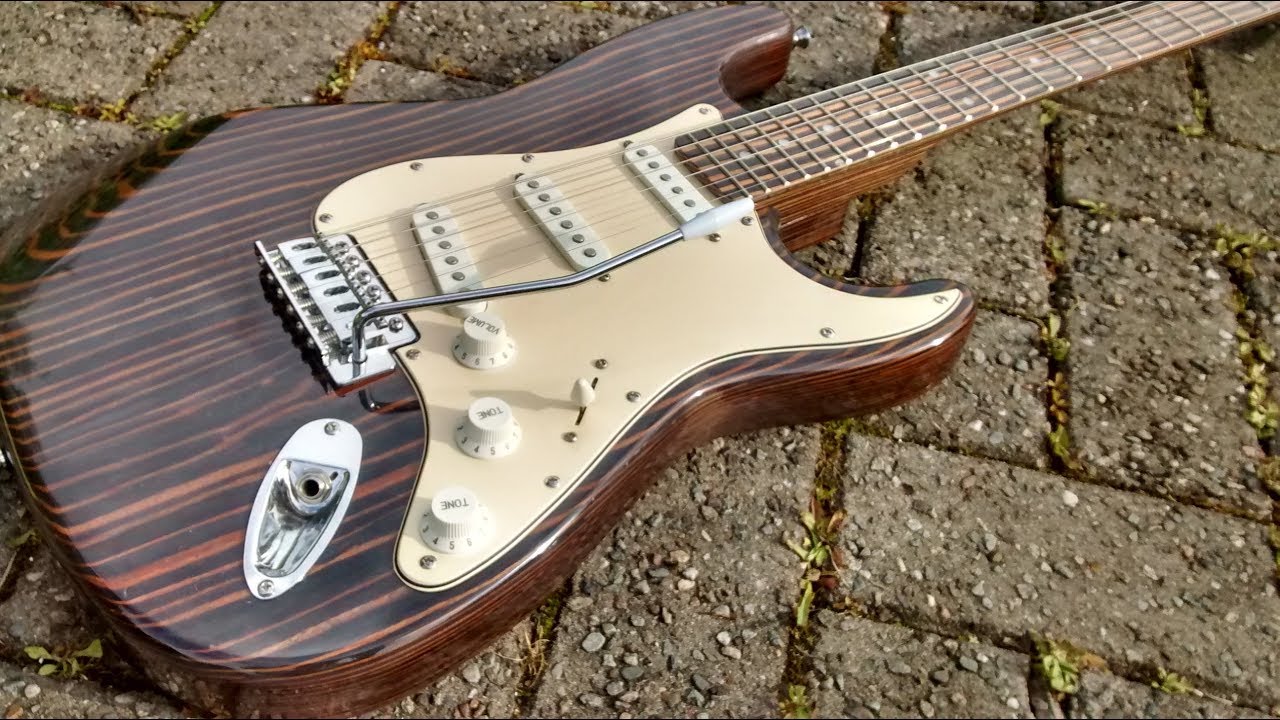


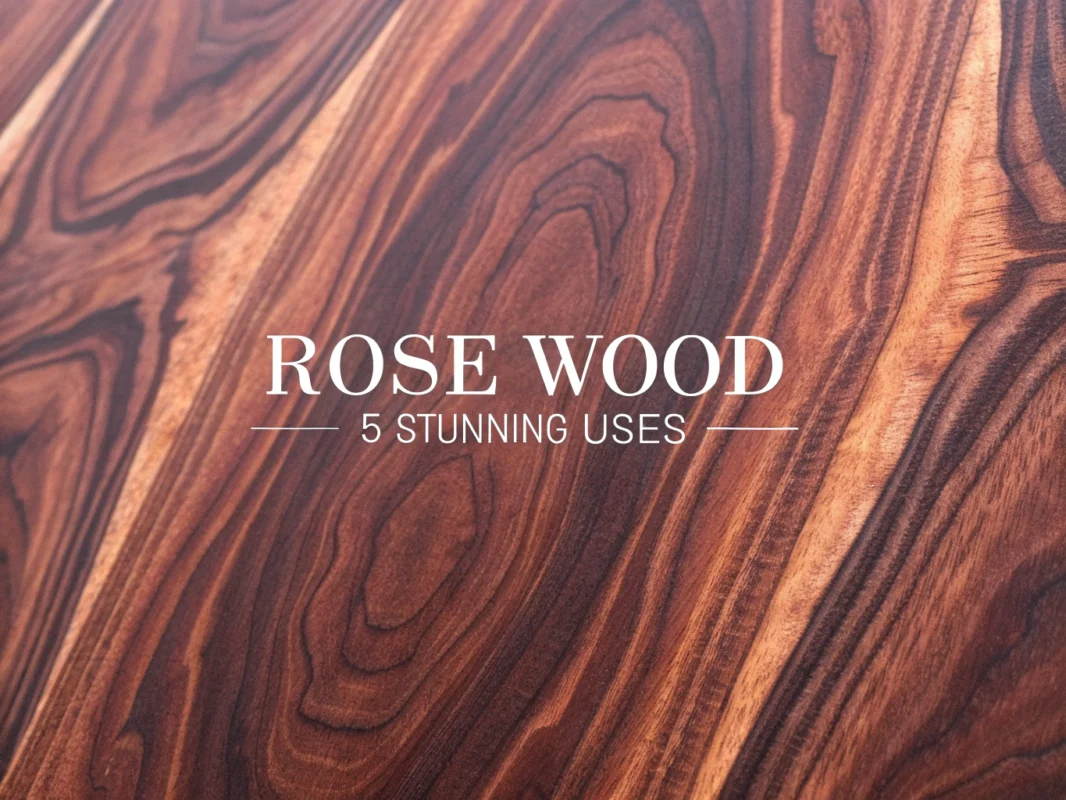
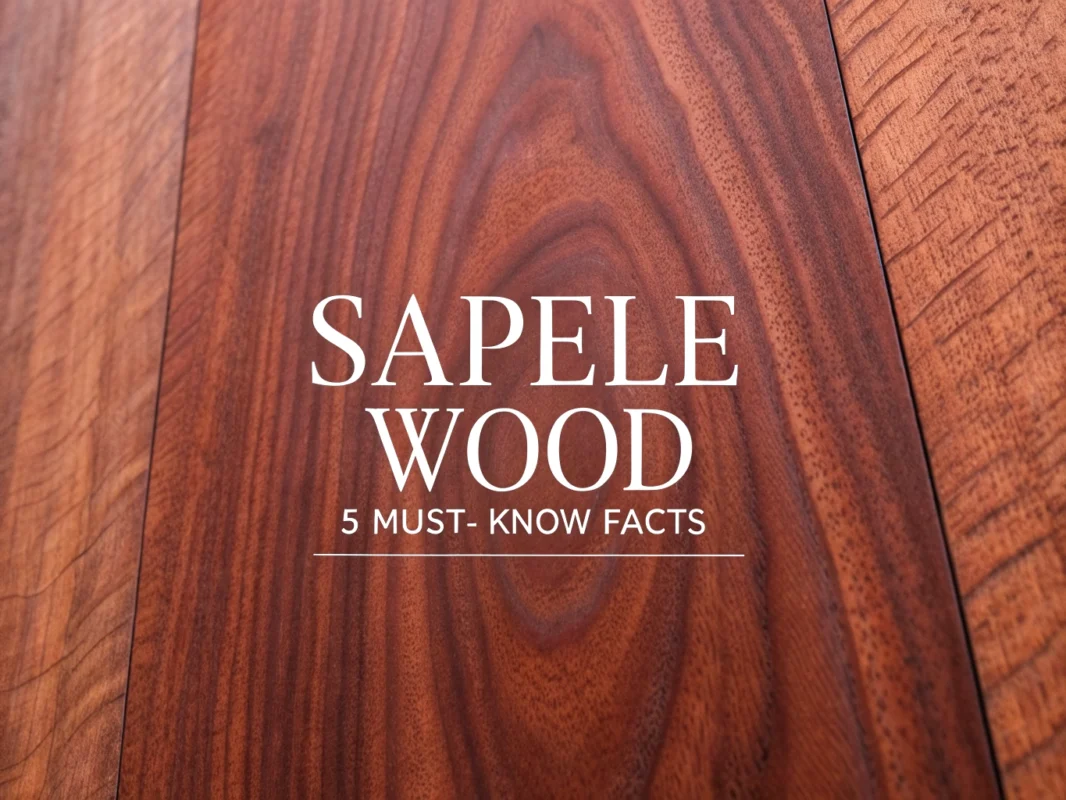








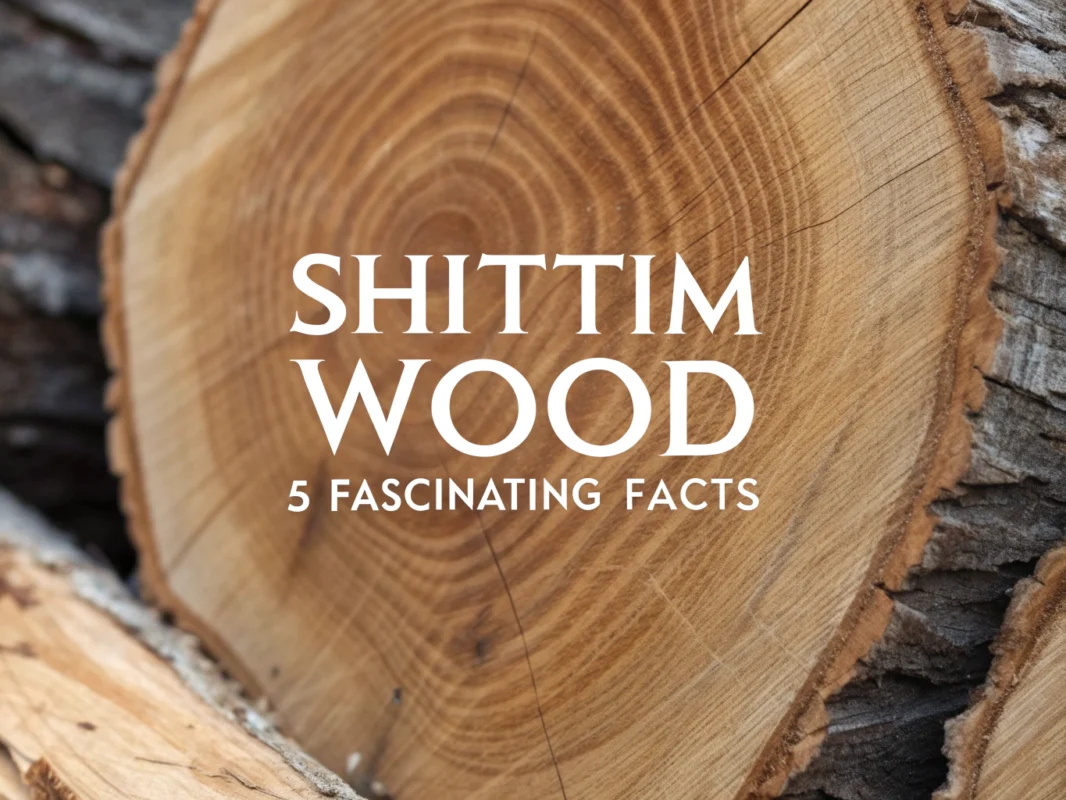

Can Zebra wood be used for gun stocks? Will the hardness lead to cracking? Walnut is the usual stock material but I’m looking at a rifle with what appears to be Zebra Wood.
Thanks for your thoughts.
Tim
Hi Tim,
Great question! Zebra wood can indeed be used for gun stocks, and it’s an interesting choice because of its unique grain patterns and striking appearance. It’s not as commonly used as walnut, which is favored for its balance of hardness and workability, but zebra wood can still make an impressive stock.
In terms of hardness, zebra wood is quite strong and durable, but it’s also a bit more prone to cracking compared to walnut, especially if it isn’t properly seasoned or if it experiences significant environmental changes. If you’re considering a rifle with a zebra wood stock, you might want to ensure that it’s well-maintained and sealed to protect against moisture and temperature fluctuations.
Hope that helps, and good luck with your rifle!